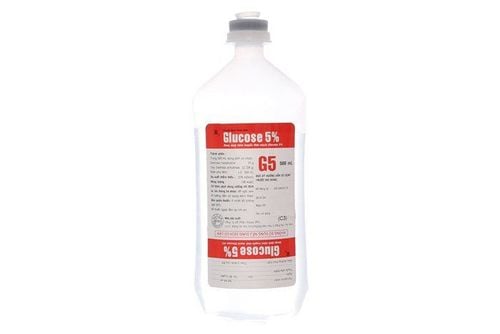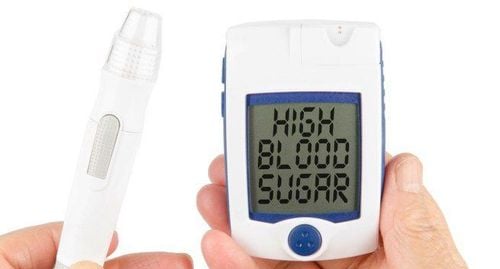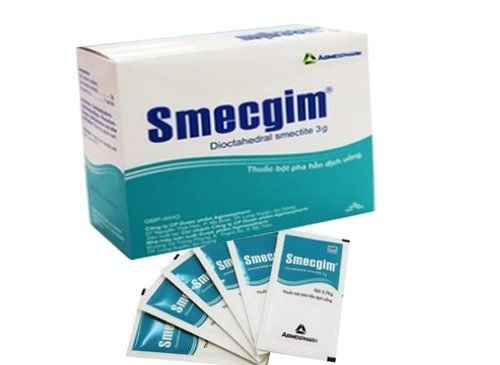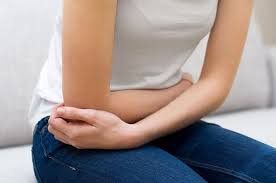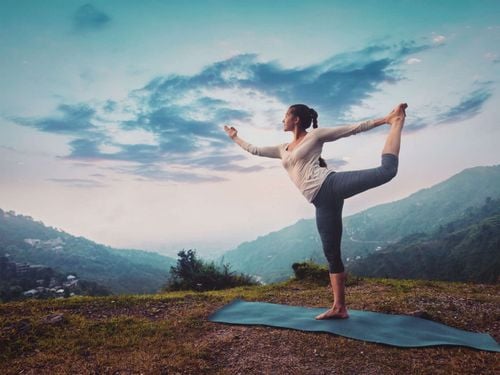This is an automatically translated article.
The human body is made up of about 60% water, it's no surprise that you need an adequate supply of fluids to function optimally. Whether you're training, competing, riding, or racing, not staying hydrated can affect your performance.
1. Effects of dehydration on cycling performance
Studies have shown that excessive dehydration during exercise can significantly affect results. Losing 2% of your body weight through sweating (1.6 kg for an 80kg rider) will result in a significant reduction in performance, 4% will decrease your muscular performance, and 5%, heat exhaustion can become a problem and your ability to work will be reduced by up to 30%. Hit 7% and you will start to experience hallucinations and at 10% circulatory failure, heatstroke and even death will become possible.
Physiological reasons for performance loss due to dehydration are:
Decreased blood volume Decreased blood flow through the skin Decreased rate of sweat Decreased heat dissipation Increase core temperature Increase rate of muscle glycogen utilization Decreased digestive function chemical
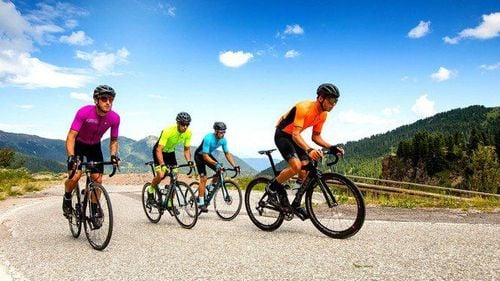
Mất nước trong quá trình tập luyện sẽ ảnh hưởng đáng kể đến hiệu suất đạp xe đạp
2. Effective ways to replenish water while cycling
2.1. Track Your Hydration Weight yourself daily and, especially if you're already fairly thin, a sudden dramatic drop in weight may indicate that you should increase your water intake. You can also track the color of your urine with charts like the following.
2.2 Drink Daily Before considering what, when, and how much to drink while cycling, making sure you stay hydrated will mean maintaining optimal hydration levels while cycling. a lot easier. Monitor your hydration levels using the techniques above and try to drink 2-3 liters of fluids a day whether you're riding or not. Fruit and vegetable juices, sports drinks, and water all count towards this goal, but alcohol, tea, coffee, and sugary soft drinks do not.
2.3. Rehydrate Before Cycling If you've tracked and updated your daily water intake, you don't need to drink too much the night before or the hours before your ride. If you drink too much in the hope of becoming dehydrated, you will only succeed in securing an early and abundant "relaxation." In the two hours leading up to a long ride, extreme workout or race, sip 500-750ml of an isotonic sports drink to ensure optimal hydration and a full supply of stored energy.
2.4. Rehydrate while cycling The best way to estimate how much fluid you need to drink is to conduct a 60-minute sweat test. Having drank enough water for the day, weigh yourself naked and record your weight. Get out and cycle at your usual athletic or racing intensity for 60 minutes and don't drink during the ride. As soon as you get home, take it off, wipe the sweat off your skin with a towel, and weigh it again. The difference in two weights in grams will equate to the total liquid loss in milliliters. Obviously results will vary depending on weather conditions and riding intensity and you may want to do some tests to get a range of results but it should still give you an idea good. Most riders will find that they will usually lose 500-1000 ml per hour. Especially if you're at the bottom of this range, it may not be practical or necessary to try and replace them all, but you should aim for at least 75%.
2.5. When to drink on a bike The key point to remember is don't wait until you're thirsty, but drink sparingly and often from the start. Try to take 2-3 good-sized sips from your bottle every 10-15 minutes from the moment you roll out. Like eating on a bike, you don't drink for the moment, but 10-20 miles down the road. Don't forget your restorative drink at the end of a long trip. No matter how careful you are with your hydration, especially on a hot day, you can still become dehydrated and also need protein and carbohydrates to kick-start your recovery. you, the fluids and electrolytes that recovery drinks provide are essential.
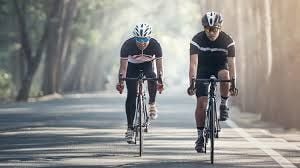
Nên uống từng chút nước và thường xuyên trong cả chuyến đi
3. Drink selection when cycling
For trips under 60 minutes, water is usually fine but for longer trips you will want to replenish electrolytes and carbohydrates. Water won't give you any energy, can make you feel bloated and decrease your desire to drink before the lost fluid is replaced.
Electrolytes are salts including sodium, potassium, calcium and magnesium. They are lost in sweat, are necessary for normal cell function and must be replaced. Most commercially available sports drinks have the correct electrolyte balance, and if you don't want to use drinks for calories, carbohydrate-free effervescent tablets are also available.
However, for longer trips, you should combine alcohol with your calorie intake. Remember, for a long sport or workout trip, you are aiming for 0.5-1g of carbohydrates per kilogram of body weight per hour and should aim to pass on 2-3 small meals after every 20-30 minutes. 500ml of a typical sports drink mixed at 6% will give you about 36g of carbohydrates, which for an 80kg driver needs 40-80g per hour, which is decent and easy to meet. that energy need.
Most sports drinks will contain a mixture of simple sugars, such as glucose, fructose, and sucrose, which release their energy quickly, and more complex carbohydrate polymers such as maltodextrin, which provide longer-lasting energy. .
Since all sports drinks contain slightly different ingredients, it's important that you try them out during your training to find the right one for you. If you're into a race or sport, find out which manufacturers offer feed stations and try their product first to see if you're right for it. If you are unable to do this, pack your own preferred brand in measured quantities and simply mix with the water provided. Don't bet on untested nutritional products because digestive upset can ruin your trip.
When you dissolve a sports drink powder in water, the concentration of the solution affects how easily it passes out of your intestines, how quickly it provides you with water, and how well it quenches your thirst.
Osmolarity is a measure of the number of molecules dissolved in a solution, including electrolytes and carbohydrates. Blood normally has an osmolality of about 300 mOsm/kg and so a solution of similar osmolality is said to be isotonic, with iso meaning the same. If the osmolality is higher, it is hypertonic and lower, it is hypotonic.
Isotonic
Most relevant to endurance sports because it strikes the perfect balance between replacing fluids, providing carbohydrates and electrolytes, and keeping your thirst quenched. If you follow the dispensing guidelines on most sports drinks, a 6-8% solution will usually be isotonic.
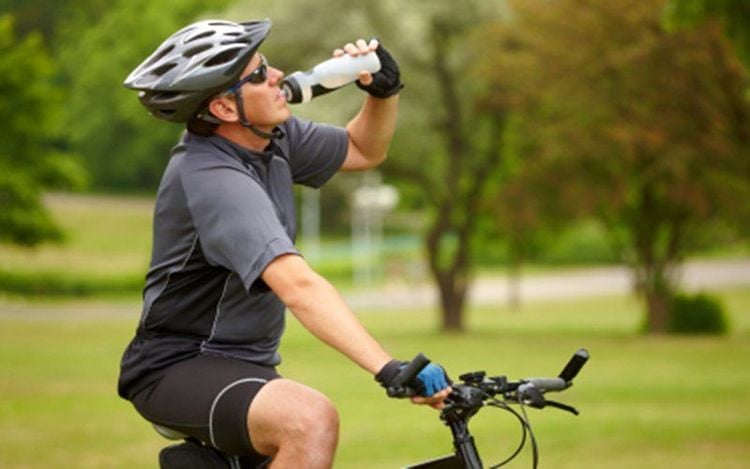
Nhanh chóng bổ sung chất lỏng bị mất qua mồ hôi và thúc đẩy việc cung cấp carbohydrate
Hypotonic
Normal water or very weak pumpkin juice is hypotonic. It will replace lost fluids very quickly but will not provide significant energy or electrolytes. Also, as previously mentioned, hypotonic drinks will often reduce your desire to drink more before you've replaced enough fluids and leave you feeling bloated.
Hypertonic
Strong solutions of carbohydrates can be used to absorb more calories. Many long-distance triathletes will have a bottle of a powerful carbohydrate solution and use it with the cold water in their remaining bottle. Alternatively, for less intense winter rides where you won't sweat as much, stronger carbohydrate solutions can be experimented with. However, they leave your stomach rather slowly and, since they can also cause stomach upset, it's a good idea to test them thoroughly before exercising.
4. Can I drink more water?
You can certainly drink too much water and without adequate electrolytes you will dilute and affect the balance of fluids in the body. This can lead to feelings of bloating, decreased performance and, in severe cases, hyponatremia, even death. These cases have been witnessed in recent years at major city center marathons, where runners, alarmed by constant reminders of the importance of drinking enough water, drank too much before the event and drank water at each aid station. Remember, as well as replacing lost fluids, you must also replace lost electrolytes.
Please follow the website ( www.vinmec.com ) for more information on health care instructions, which we will update regularly.
Please dial HOTLINE for more information or register for an appointment HERE. Download MyVinmec app to make appointments faster and to manage your bookings easily.
References: britishcycling.org.uk, bicycling.com, healthline.com



